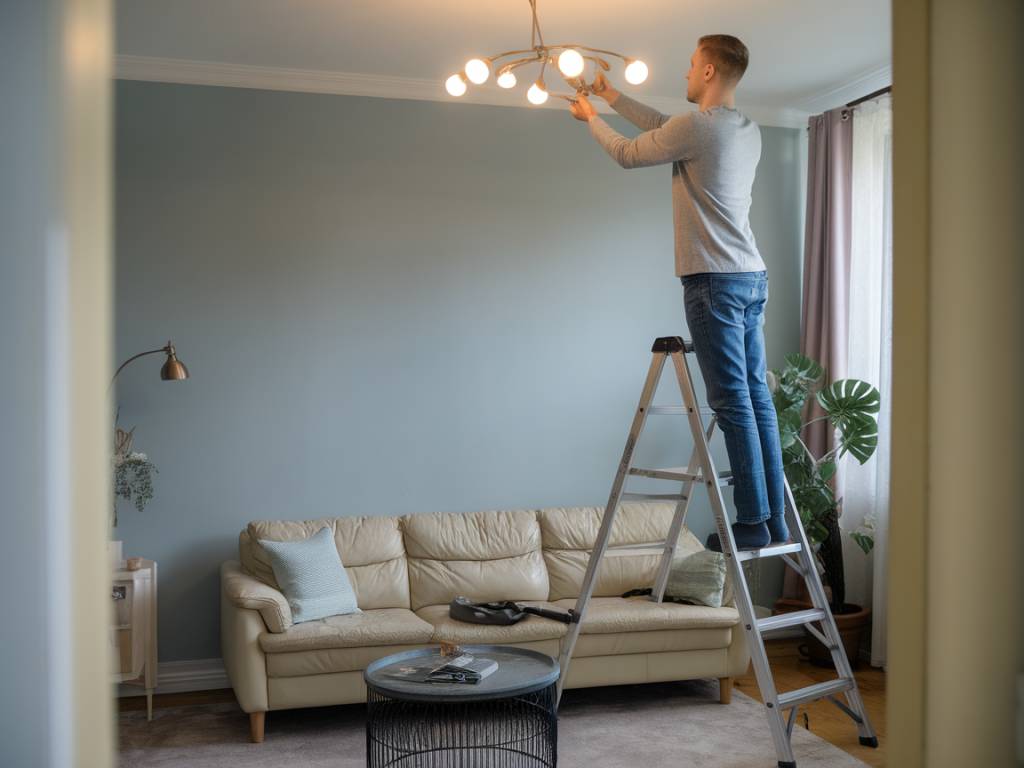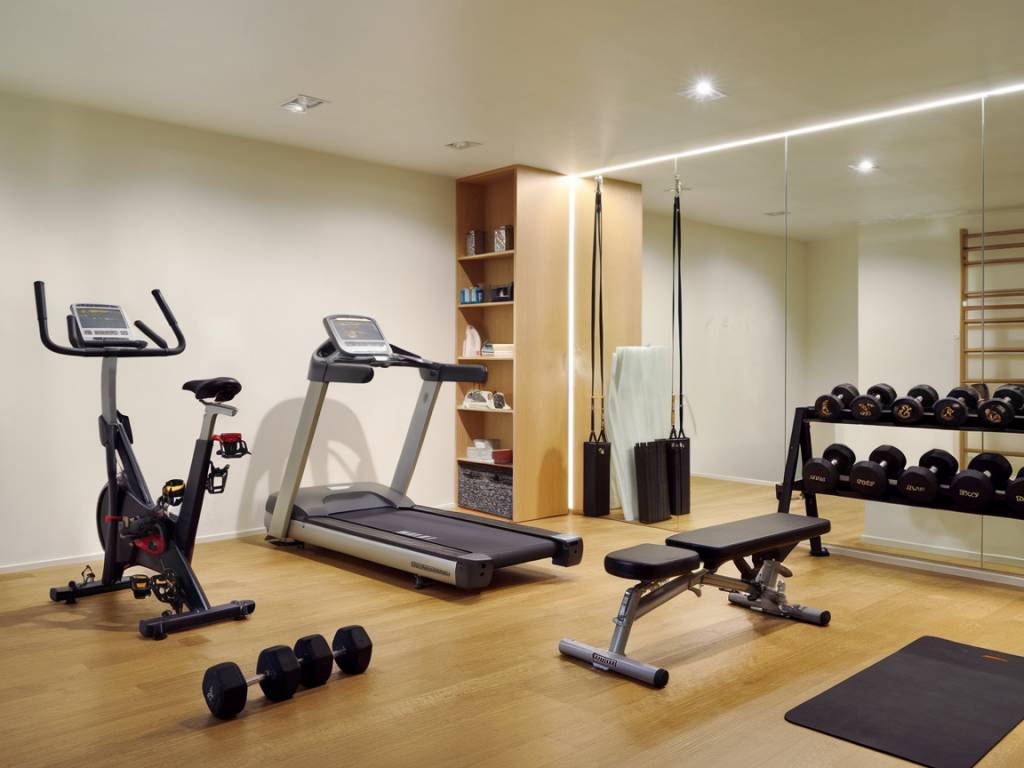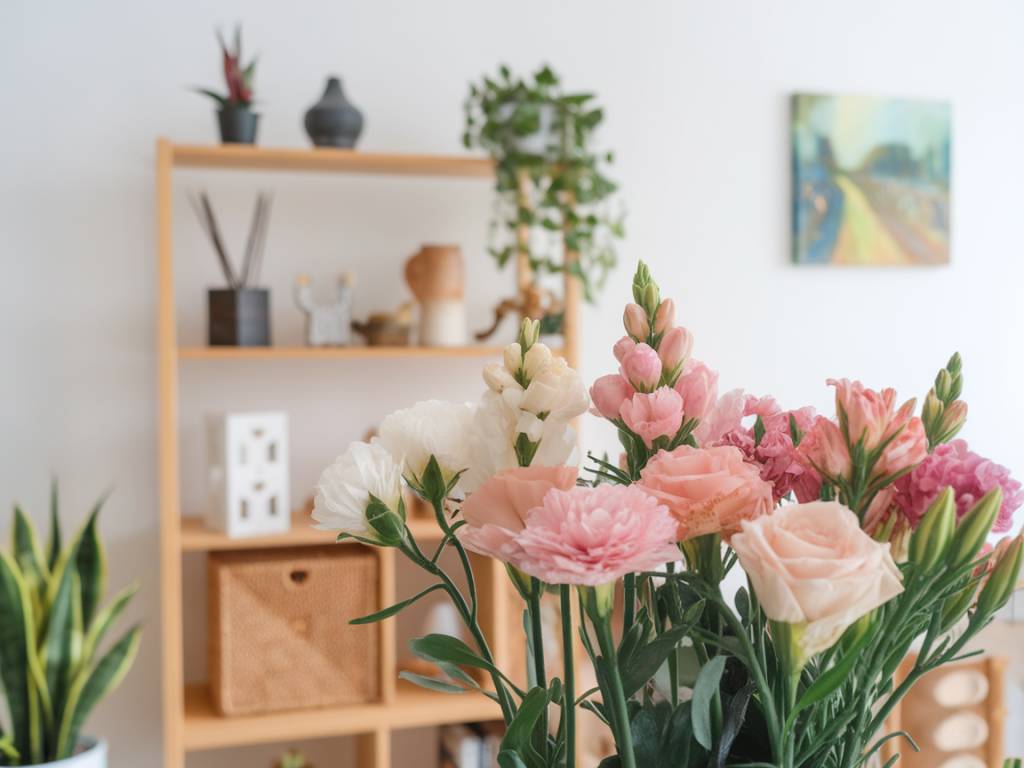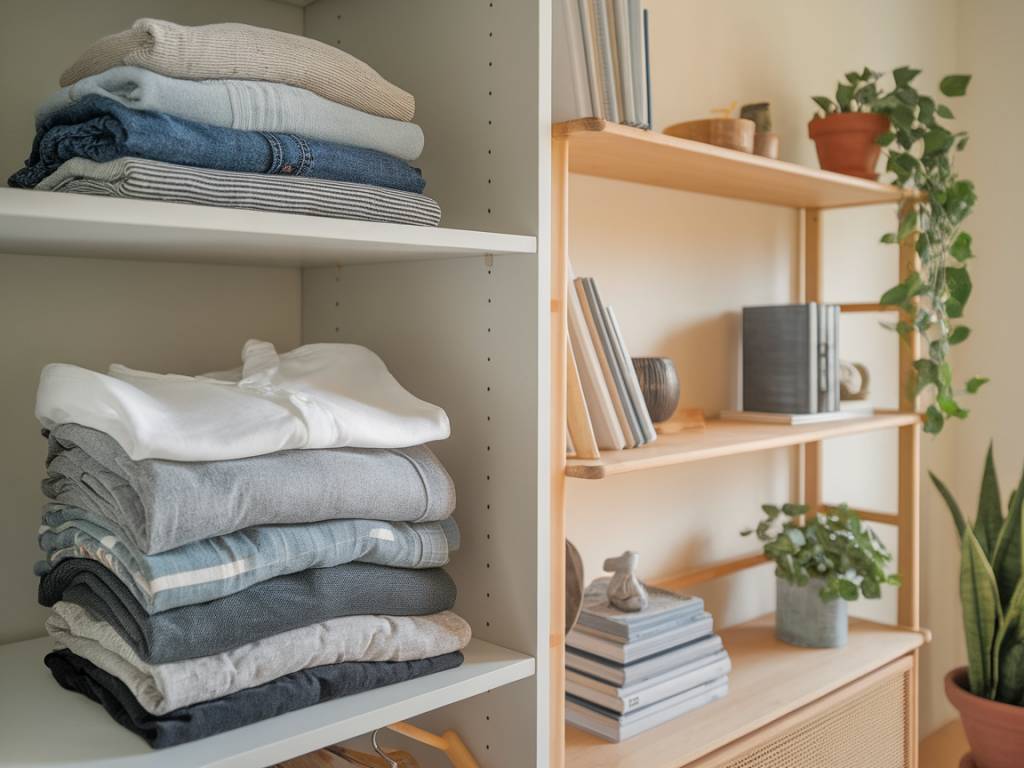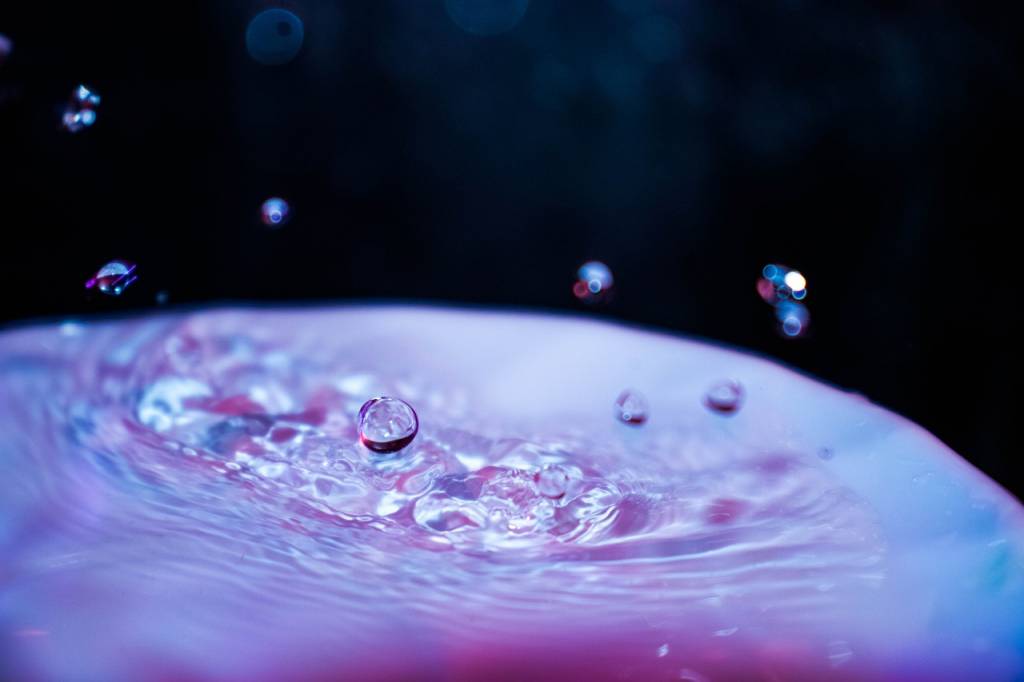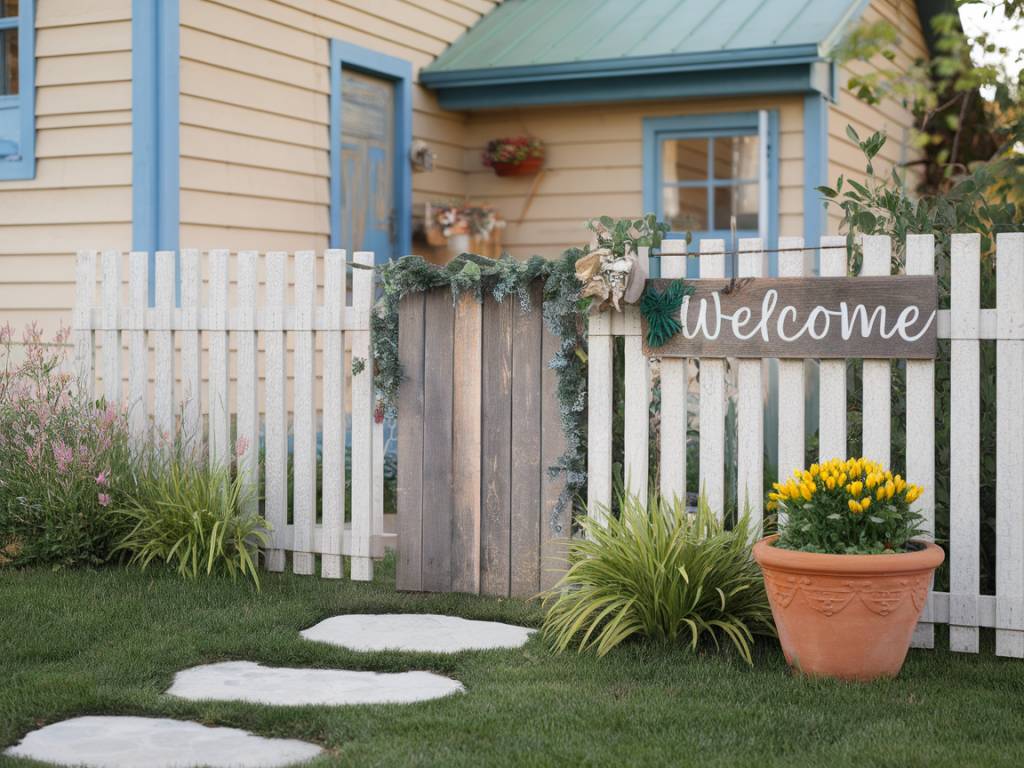Installing energy-efficient lighting in your home is a practical way to reduce energy consumption, save on utility bills, and contribute to a more sustainable environment. This process might seem daunting, but with the right guidance, you’ll be able to achieve it with ease. This comprehensive guide walks you through everything you need to know about energy-efficient lighting, including the benefits, types of bulbs, installation tips, and more.
Benefits of Energy-Efficient Lighting
Before diving into the installation process, it’s important to understand why energy-efficient lighting is a worthwhile investment. Here are some primary benefits:
Cost Savings: Energy-efficient bulbs use less electricity, which translates into lower utility bills.
Longevity: These bulbs typically last much longer than traditional incandescent bulbs, reducing the frequency of replacements.
Environmental Impact: By using less energy, you reduce your carbon footprint and contribute to environmental conservation.
Better Lighting Quality: Energy-efficient bulbs often provide better and more consistent lighting quality compared to their traditional counterparts.
Types of Energy-Efficient Bulbs
There are several types of energy-efficient bulbs available on the market, each with its own set of features. Here’s a breakdown of the most common options:
LED (Light Emitting Diodes):
- Energy Efficiency: LEDs use up to 80% less energy than traditional incandescent bulbs.
- Longevity: LEDs can last up to 25,000 hours or more.
- Instant Light: LEDs provide instant light without the need for a warm-up period.
CFL (Compact Fluorescent Lamps):
- Energy Efficiency: CFLs use about 70% less energy than incandescent bulbs.
- Longevity: CFLs last about 10,000 hours.
- Warm-Up Time: CFLs require a small warm-up period to reach full brightness.
Halogen Incandescents:
- Energy Efficiency: These bulbs are about 25-30% more efficient than traditional incandescent bulbs.
- Longevity: Halogen incandescents typically last up to 1,000 hours.
- Brightness: They provide bright, white light similar to natural daylight.
Selecting the Right Bulbs
Choosing the appropriate energy-efficient bulbs for your home involves considering several factors, including brightness, color temperature, and compatibility with your fixtures. Here are some tips:
- Brightness: Look for the lumens rating on the packaging. Higher lumens mean brighter light. For general room lighting, aim for around 800 lumens (equivalent to a 60-watt incandescent bulb).
- Color Temperature: Measured in Kelvins (K), this determines the color of the light. For a warm, cozy feel, opt for bulbs in the 2700K-3000K range. For cooler, daylight-like light, choose bulbs with temperatures between 4000K-5000K.
- Compatibility: Ensure that the bulbs you select are compatible with your existing fixtures, especially if you have dimmer switches or enclosed fixtures.
Installation Process
Installing energy-efficient lighting involves a few basic steps, which can usually be done without the need for professional help. Here’s how to proceed:
1. Turn Off the Power: Before replacing any light bulb, make sure to turn off the power to the fixture at the electrical panel to ensure safety.
2. Remove the Old Bulb: Carefully remove the existing bulb by twisting it counterclockwise. If it’s hot, give it a few minutes to cool down before handling it.
3. Install the New Bulb: Take your new energy-efficient bulb and screw it in clockwise until it is securely in place. Make sure it’s not too tight to avoid damaging the bulb or the fixture.
4. Turn the Power Back On: Flip the switch at the electrical panel back to the « on » position and test the new bulb to ensure it functions correctly.
Optimizing Your Lighting Setup
To maximize the benefits of your new energy-efficient lighting, consider these additional tips:
Use Dimmers and Sensors: Dimmers allow you to adjust the brightness according to your needs, saving energy when full brightness is not required. Occupancy sensors can automatically turn lights off when a room is not in use, further conserving energy.
Replace High-Usage Bulbs First: Start by replacing the bulbs in areas where lights are on for extended periods, such as kitchens and living rooms, to see the most immediate cost savings.
Take Advantage of Natural Light: Make use of windows and skylights to reduce the need for artificial lighting during the day. Strategically placing mirrors can also help reflect natural light throughout the room.
Recycling and Disposal
Disposing of old bulbs, especially CFLs and certain types of LEDs, requires specific attention due to the presence of materials like mercury. Follow these guidelines:
- Check Local Regulations: Consult your local waste management authority for guidelines on disposing of energy-efficient bulbs.
- Recycling Programs: Many home improvement stores and recycling centers offer take-back programs for used bulbs.
- Safe Packaging: If you need to dispose of CFLs, place them in a sealed plastic bag to prevent mercury release.
Cost vs. Savings
One common concern with energy-efficient lighting is the initial cost. While LED and CFL bulbs can be more expensive upfront compared to traditional incandescent bulbs, the long-term savings on your electricity bill and the reduced need for frequent replacements make them a cost-effective choice. Consider this when planning your budget for upgrading your home lighting.
Final Thoughts
Switching to energy-efficient lighting is a smart move that pays off in multiple ways. From lowering your energy bills to offering better lighting quality and contributing to environmental sustainability, the advantages are substantial. Follow this guide to make informed decisions about the types of bulbs to use, how to install them, and additional steps to optimize your lighting setup. Whether you’re environmentally conscious, cost-conscious, or both, implementing energy-efficient lighting in your home is a step toward a brighter, more sustainable future.

